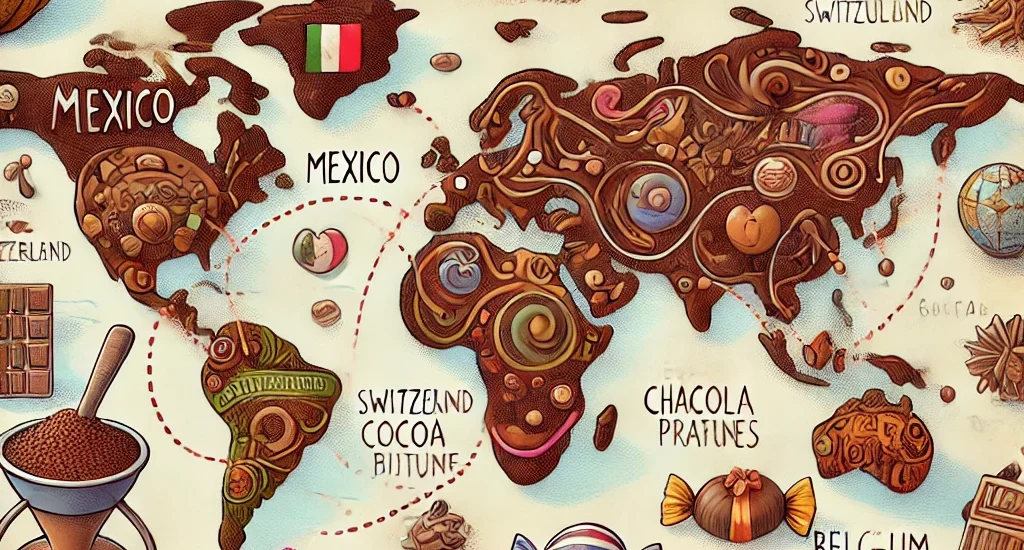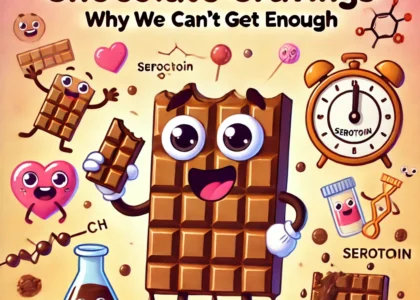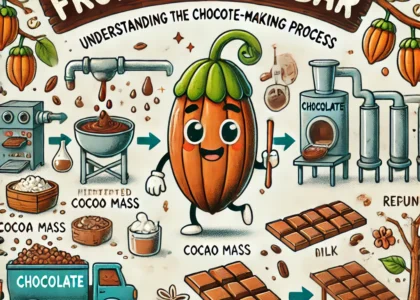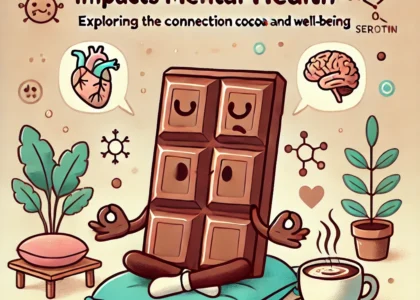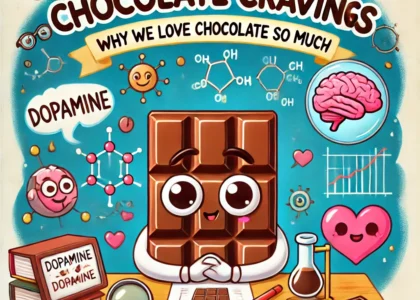Introduction
Chocolate isn’t just a treat—it’s a symbol, a ritual, a gift, and even a sacred offering. Across continents and centuries, chocolate has played a central role in ceremonies, trade, and tradition. Its influence spans Mesoamerican rituals, European court life, modern celebrations, and even spiritual practice today.
This article on chocolate in culture explores the cultural significance of chocolate around the world, tracing its journey from ancient sacred drink to global indulgence. We’ll examine how different societies have woven chocolate into their traditions—and why it remains a potent symbol of luxury, love, and meaning.
1. The Sacred Roots of Chocolate: Mesoamerican Civilizations
The Olmecs, Maya, and Aztecs
Chocolate’s story begins in Mesoamerica, where cacao was revered long before it was sweetened.
- The Olmecs (1500–400 BCE) are believed to be the first to process cacao.
- The Maya used cacao in spiritual and social rituals. Known as “kakaw,” it was consumed as a bitter, frothy drink, often spiced with chili and flavored with maize.
- Aztecs elevated cacao to sacred status. They believed it was a gift from the god Quetzalcoatl, and cacao beans were used as currency and tribute.
Cacao drinks were central to:
- Birth and coming-of-age ceremonies
- Marriage rituals
- Offerings to gods and the dead
2. Chocolate as Colonial Luxury in Europe
When Spanish explorers introduced cacao to Europe in the 16th century, it quickly transformed from ritual beverage to aristocratic luxury.
- The Spanish added sugar, cinnamon, and milk, changing its flavor profile.
- Chocolate houses became fashionable gathering spots in London, Paris, and Madrid during the 17th and 18th centuries.
- Royals and the upper classes used chocolate as a symbol of refinement and power.
This period also marked the beginning of colonial cacao plantations, with cocoa production becoming tied to the transatlantic slave trade—an enduring legacy in the economics of chocolate.
3. Chocolate in Modern Celebrations and Rituals
Valentine’s Day & Romance
Today, chocolate is most famously tied to romantic love:
- In the 19th century, Cadbury helped popularize the heart-shaped chocolate box.
- Chocolate is now a staple gift for Valentine’s Day, anniversaries, and romantic milestones.
- The association comes from chocolate’s luxurious feel and compounds like phenylethylamine, believed to mimic the feeling of falling in love.
Weddings and Holidays
- In Western weddings, chocolates often appear as wedding favors or part of dessert tables.
- Diwali (India) and Chinese New Year frequently involve gifting chocolate as a symbol of sweetness and good fortune.
- In Christmas traditions, chocolate coins, advent calendars, and truffles represent joy and indulgence.
4. Chocolate in Religion and Spiritual Practice
Christianity
- During Lent, chocolate is one of the most commonly given-up pleasures—highlighting its significance as a valued indulgence.
- In Easter, chocolate eggs symbolize rebirth and new life, rooted in Christian symbolism and pagan spring rites.
Contemporary Spiritual Practices
Modern cacao ceremonies have revived ancient traditions, especially in wellness and spiritual communities.
- In New Age and wellness circles, cacao is used in group meditations and heart-opening rituals.
- Ceremonial cacao is often sourced from Peru or Guatemala, used in its raw, unprocessed form to maintain its natural compounds.
- Participants report emotional clarity, physical healing, and deeper connection during these sessions.
5. Chocolate in Pop Culture and Identity
Chocolate has become deeply embedded in global pop culture:
- Featured in films like “Willy Wonka & the Chocolate Factory” and “Chocolat”, where it symbolizes magic, desire, and transformation.
- Iconic brands like Ferrero Rocher, Toblerone, and Godiva evoke national pride and artisanal heritage.
- In advertising, chocolate is portrayed as a sensual escape, self-care ritual, or even empowerment (e.g., “you deserve it”).
This symbolic versatility keeps chocolate relevant across generations and borders.
6. National Traditions and Unique Cultural Uses
Switzerland
- Synonymous with premium chocolate craftsmanship.
- Chocolate is a core part of national identity and tourism.
Belgium
- Famous for pralines and fine couverture chocolate.
- Chocolate shops are often treated like heritage institutions.
Japan
- Chocolate gifting is part of Valentine’s Day (women give chocolates to men) and White Day (men return the favor).
- Brands release limited-edition seasonal chocolates with flavors like matcha, yuzu, or sakura.
Ghana & Ivory Coast
- Though major cocoa producers, chocolate consumption in these regions is historically lower.
- Initiatives are growing to promote local chocolate brands and support cocoa farmers in enjoying the fruits of their labor.
7. Chocolate as Cultural Diplomacy
Chocolate has even played a role in political and diplomatic efforts:
- During World War II, the U.S. included chocolate in soldiers’ rations and humanitarian aid.
- Chocolate diplomacy initiatives use chocolate as a peace offering in international exchange programs or charity partnerships.
These symbolic uses continue the tradition of chocolate as a gift of goodwill.
Conclusion
Chocolate’s cultural journey is as rich and complex as its flavor. From sacred Mayan ceremonies to romantic rituals, spiritual ceremonies to national pride, chocolate has always been more than just food—it’s a shared language of comfort, celebration, and connection.
Understanding chocolate’s cultural significance enhances our appreciation for the simple bar in our hand. Behind every bite is a history of belief, tradition, and emotion that spans continents and centuries.

